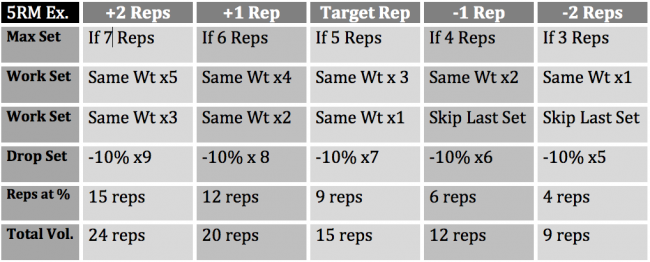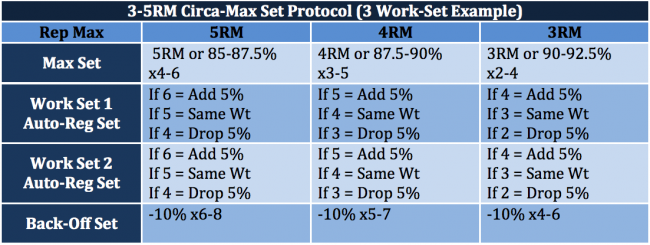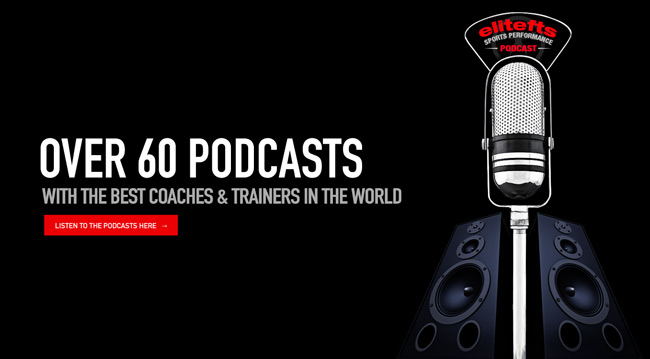
The Elitefts™ Sports Performance Coach Education Series is a comprehensive educational resource for coaches in the collegiate, high school, professional, and private settings. This series will take a fundamental approach to various topics that will enable coaches the additional skills to enhance their coaching abilities, improve marketability in the industry, and drastically increase the impact they have upon their athletes.
Auto-Regulatory Training has been around for decades. Siff and Verkoshansky have written about the DAPRE in Supertraining, Bryan Mann has an outstanding eBook on APRE, and I have listened to Dave Tate talk about Cybernetic Periodization as far back as the late 90s.
This presentation simply gives a template of how we have used an auto-regulation system in a team setting. This athlete-governed system has many benefits and several areas to be concerned with as a coach. Limited resources, short training cycles, and reduced exposure to training have all contributed for the need to incorporate an auto-regulatory training system in a team setting. This system allows coaches to maximize training time and optimize the training effect for athletes.
We will review the advantages, disadvantages, and detail two distinct auto-regulatory parameters of implementing this system. These training systems are by no means the only was to auto-regulate training. They are simply the most effective means through anecdotal evidence which took over 15 years to solidify.
Presentation Outline
Background
- Autoregulatory Progressive Resistance Exercise
- Supertraining – DAPRE
- Bryan Mann – APRE
- Not Undulating Periodization
- Athlete-Governed Adjustments within System
Why Auto-Regulation?
- Optimized Training for Large Array of Athletes
- Adjust Load or Volume by Athlete Readiness
- Enforces Urgency and Importance of Each Rep
- Promotion of Competitiveness
- Optimal for Shorter Training Cycles
Adjust Volume by Rep Performance
- More Common in a Linear Progression
- Adjust Subsequent Reps by Performance on Max (Target) Set
- Two-Rep Drop-off System
Adjust Volume by Rep Performance
Adjust Volume by Rep Performance Examples
Target Set: 300 x 4
- 3-5 Warm-Up Sets
- 300 x 5
- 300 x 3
- 300 x 1
- 270 x 5-7
Target Set 300 x 4
- 3-5 Warm-Up Sets
- 300 x 4
- 300 x 2
- 270 x 4-6
Adjust Load by Rep Performance
- Often Used First Week of Cycle
- Optimal for In-Season or Non-Linear Periodization
- Used to Find Rep Max and Maintain Volume
- Load Determined by Performance of Last Set
Adjust Load by Rep Performance
Adjust Load by Rep Performance Examples
Target Set: 300 x 3-5
- 3-5 Warm-Up Sets
- 300 x 5
- 315 x 3
- 300 x 3
- 270 x 5-7
Target Set: 300 x 3-5
- 3-5 Warm-Up Sets
- 300 x 3
- 285 x 5
- 300 x 3
- 270 x 5-7
Areas of Concern with Auto-Regulation
Volume by Load
- Variation in volume can have various training effect on athletes.
- Variation in volume can skew analysis of training program.
- Volume can be magnified throughout a linear progression.
Load by Rep Performance
- Variation in loads can vary training effect on athletes.
- Variation in load can skwe analysis of training program.
- Increase in load (intensity) can be magnified throughout a linear progression.
Mark Watts' Articles and Coaching Log
















